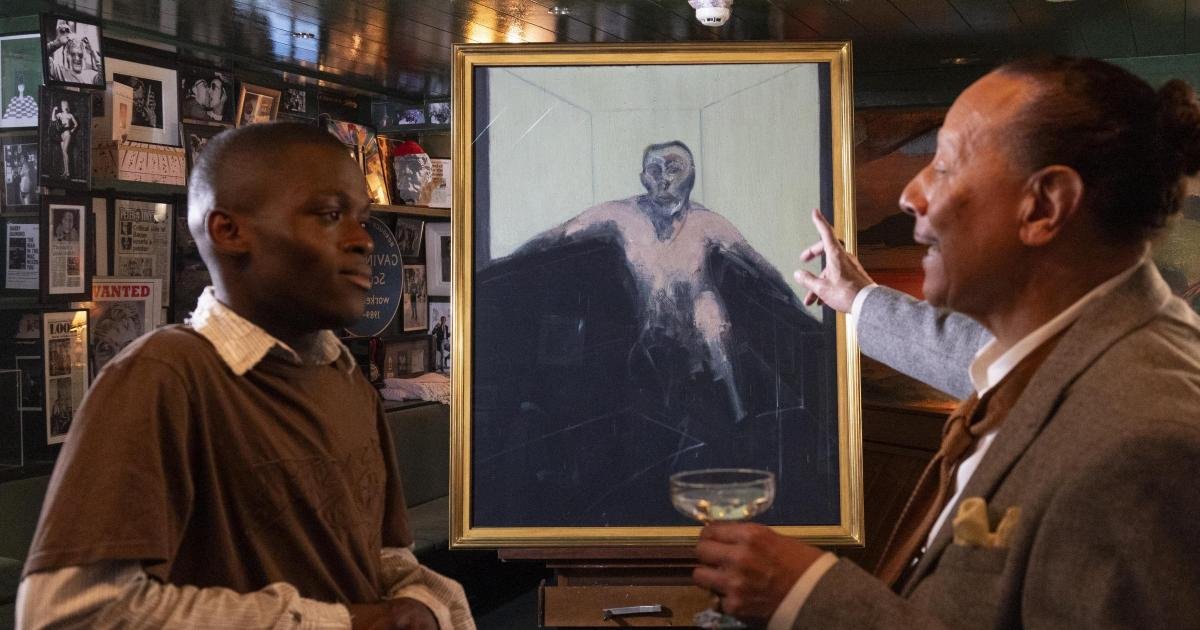The creator leaves a part of their soul on the canvas, in the clay, or in the frozen image, as they bring to life a story or a being into the world.
Many artists never show and share certain works for this very reason, not ready or prepared for the most private feelings to become public.
If you listen and invest in this thought, then it becomes obvious that art must be a living entity, harbouring the stories and love of both its maker and its adorers.
This aura then becomes present when the work is hung in a museum for all to see.
It is the same way we fall in love, make friendships, and create bonds.
Why did you notice that person at that party, who is now your partner?
Why did you sit next to that person in college who is now your best friend?
A feeling, an urge, a power unseen.
So why did you gravitate to that piece of work in that gallery?
Why did you feel a resonance with it that you can’t explain?
It is the same reason.
So now imagine that you are the art.
Picture this: your soul has been trapped in a museum for generations, and then you get the chance to leave the walls of the gallery for a day.
Where would you choose to go?
If an artwork could choose to go anywhere for the day, where would they go?
The Sainsbury Centre’s new films see well-known masterpieces of historic and modern art leave the confines of the museum and go out into the world.
Day Release, a series of dramatic, short, scripted films explore themes of identity and belonging, social inequality and opportunity, and asks how the power of an artwork can influence the way people understand the world around us and the impact of time passing since an artwork’s creation.
Episode one features Francis Bacon’s painting, Study for Portrait of P.L., no. 2 (1957), a portrait of his lover, Peter Lacy.
The painting revisits Bacon’s old haunt, the Colony Room Club in London’s Soho, where the pair first met and where the painting meets a young man struggling to be openly affectionate with his boyfriend in public.
The film explores how society has changed for the LGBTQ+ community since the painting was created in the 1950s.
The Sainsbury Centre’s Living Art programme invites visitors to meet art held in the museum’s collections in new and more emotional ways.
To move beyond traditional ways of looking at art, to experiment with finding new ways to connect with and experience artworks in order to bring the power of that relationship to life.
In Day Release, the artwork forms the third character in the interactions which play out on screen, sparking conversations and demonstrating the power of art to change lives.
The painting now rests back in the Sainsbury Centre Living Area following this experience – an experience which has reminded them of memories gone by and happy times, as they now sit interacting with those who visit.
As we look forward to celebrating Norwich Pride in July, perhaps this painting has more than a visual language to share.
The Day Release project highlights how the stories and wisdom conveyed in artworks can provide solace, representation and a catalyst for conversations and change.
The film is available to watch on the Sainsbury Centre’s website and YouTube https://www.youtube.com/watch?v=fEl0ODdr7iI&t=1s.







